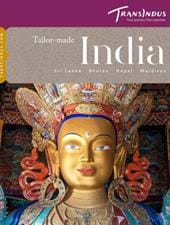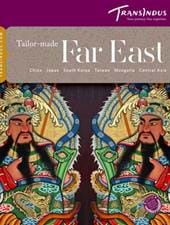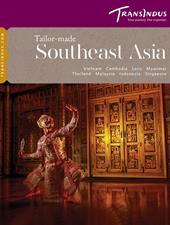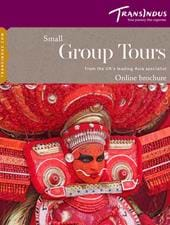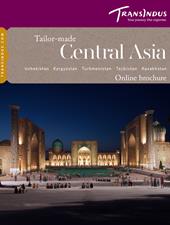An unforgettable experience for anyone interested in nature and for families with young children is a chance to visit one of Sri Lanka's Sea Turtle conservation programs.
Home to five out of seven of the world's marine turtle species, the southern coast of Sri Lanka receives regular visits from the Green, Olive Ridley, Hawksbill, Leatherback and Loggerhead Turtles, the latter two of which can grow as large as 2m in length. During their long lives, which could be several hundred years, female turtles visit the sands of the beach where they were born numerous times to lay eggs. Each female lays hundreds of eggs and if the eggs survive poaching by birds, animals and humans, they hatch into tiny turtles within a few weeks. Almost immediately, baby turtles begin a perilous journey across the unsheltered beach towards the open sea, once again falling prey to birds, animals and humans.
Considering ever-reducing spots on beaches where turtles can lay eggs undisturbed, it's no surprise many turtle species are now on an endangered list. Sri Lanka however, is making a concerted effort for turtle preservation with some very well organised programmes, with the help of willing volunteers. These programmes help maintain a safe environment for the turtles plus, help visitors spot these endearing and ancient animals from a safe distance at dusk and dawn.
Our recommendation for anyone wishing to see turtles is to visit only the official conservation programmes rather than the small hatcheries that allow tourists to release hatchlings into the sea for a fee! These do more harm than good firstly, by relocating eggs which impacts the hatchlings bearings. And also by keeping them in captivity for several days, which dramatically reduces their chances of survival in the wild.
A safe and responsible visit can be included in almost all Transindus tours of Sri Lanka. Speak with our consultants of details.
Best time for Turtles: December to March.

